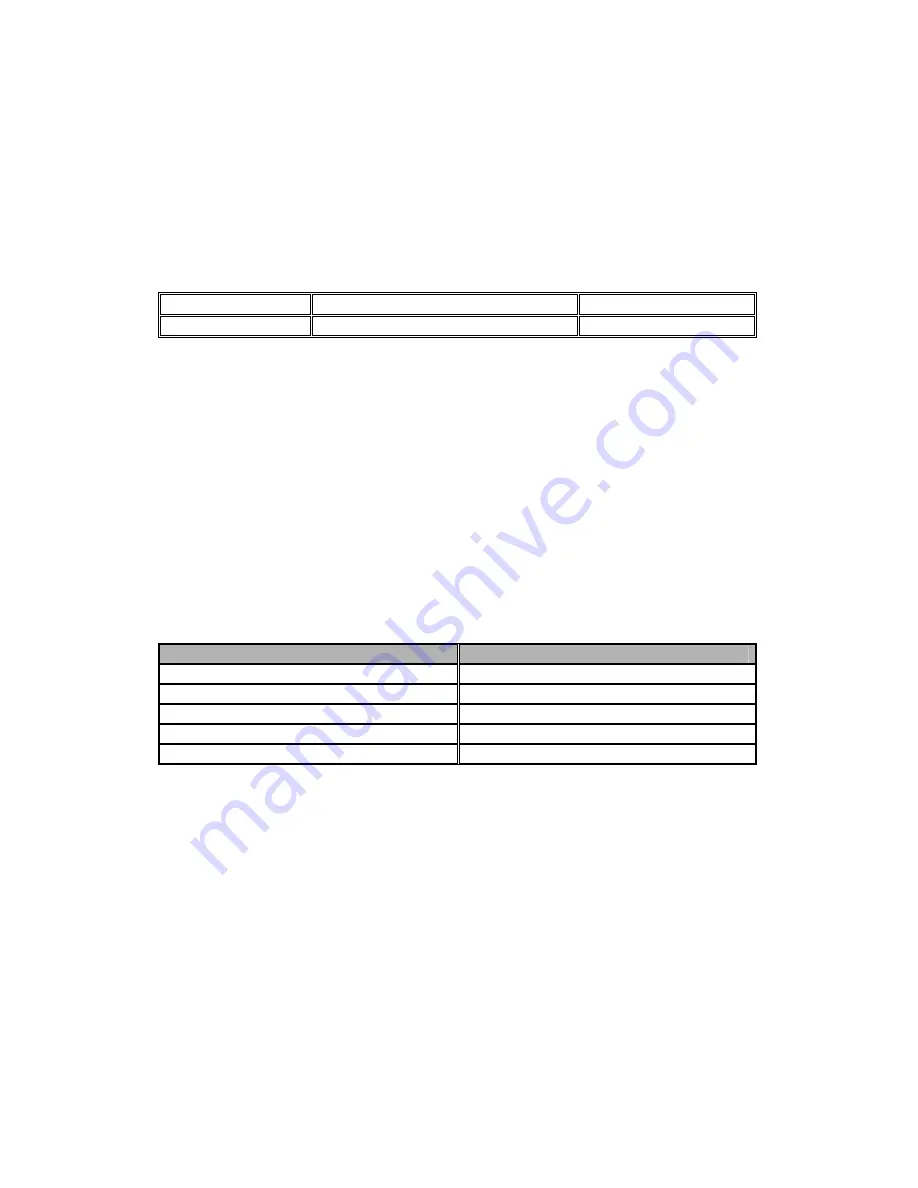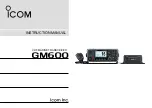
FT-950
Operating Manual
Vertex Standard Co., Ltd.
107
Note: If you anticipate making data transmissions of longer than a few minutes, we
recommend that reduce the transmitter power to 1/3 ~ 1/2 of its normal maximum via
the Menu item “111 TGEN TX PWR”.
Quick Point: PACKET Jack Specifications
DATA IN (pin 1)
Nominal Input Level: 50 mVp-p
Impedance: 10 k-Ohms
DATA OUT (Pin 5)
Maximum Output Level: 100 mVp-p Impedance: 10 k-Ohms
RTTY (Radio Teletype) Operation
Most RTTY operation today is accomplished using a TNC or other computer-based
system that utilizes AFSK tones. As such, the previous discussion on LSB-mode
“Packet” operation will apply for Baudot operation, as well. For RTTY operation using
a Terminal Unit (TU) or the “FSK” output from a TNC, please see the discussion below.
See also the illustration for details regarding connection to your TU.
Setting Up for RTTY Operation
Before commencing RTTY operation, please direct your attention to the setup steps
shown in the chart to the right.
Menu Item
Available Values
059 RTTY R PLRTY
Nor (normal) / rEU (reverse)
060 RTTY T PLRTY
Nor (normal) / rEU (reverse)
061 RTTY OUT LEL
0 ~ 100
062 RTTY SHIFT
170/200/425/850 Hz
063 RTTY TONE
1275/2125 Hz
Basic Setup
1. Press the [RTTY/PKT] button repeatedly until both the “RTTY” and “LSB” icons
will appear on the display; engage RTTY operation using “LSB” injection, which is
generally used in the Amateur service.
2. To switch to USB-side injection in RTTY, press the [RTTY/PKT] button once more.
Both the “RTTY” and “USB” icons will appear on the display.
3. When you begin typing on your TU or computer keyboard, the command to
transmit should automatically be sent to the transceiver, causing it to enter the
transmit mode.
Note: If you anticipate making data transmissions of longer than a few minutes, we
















































